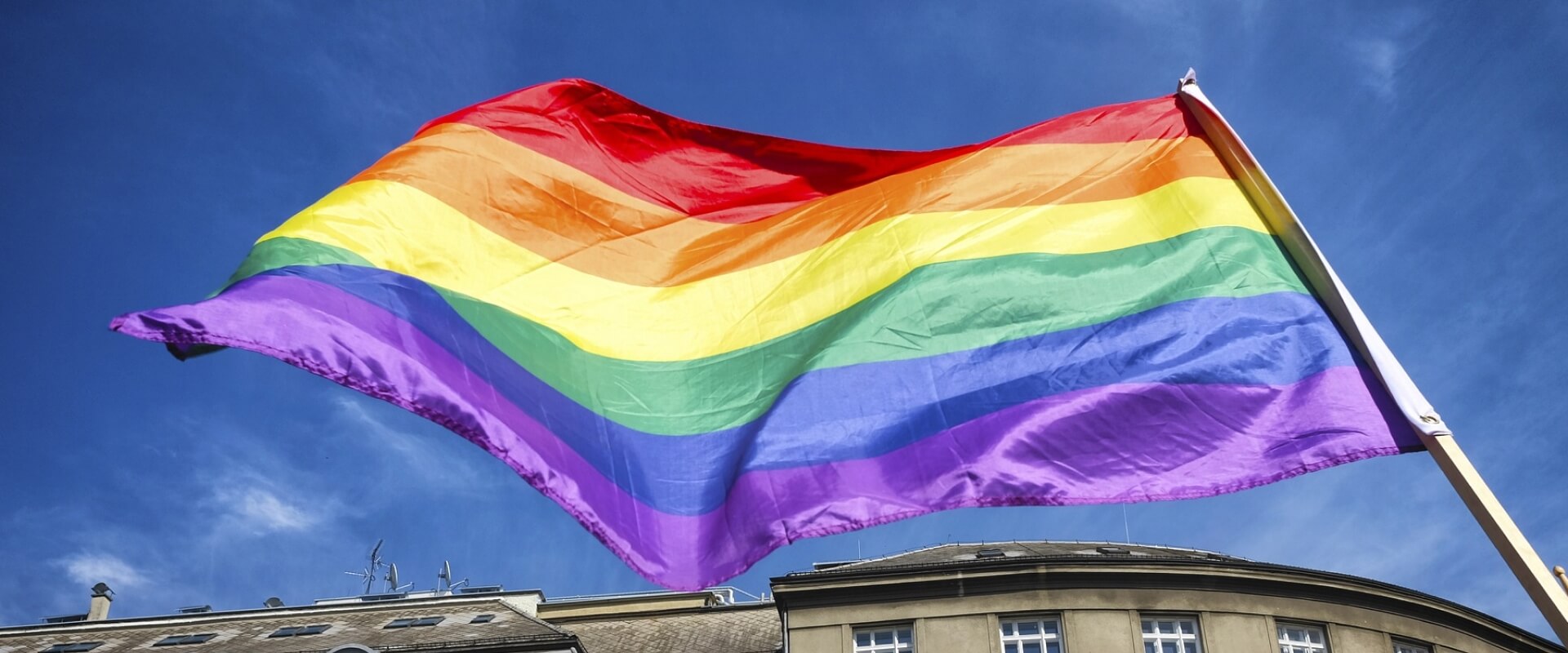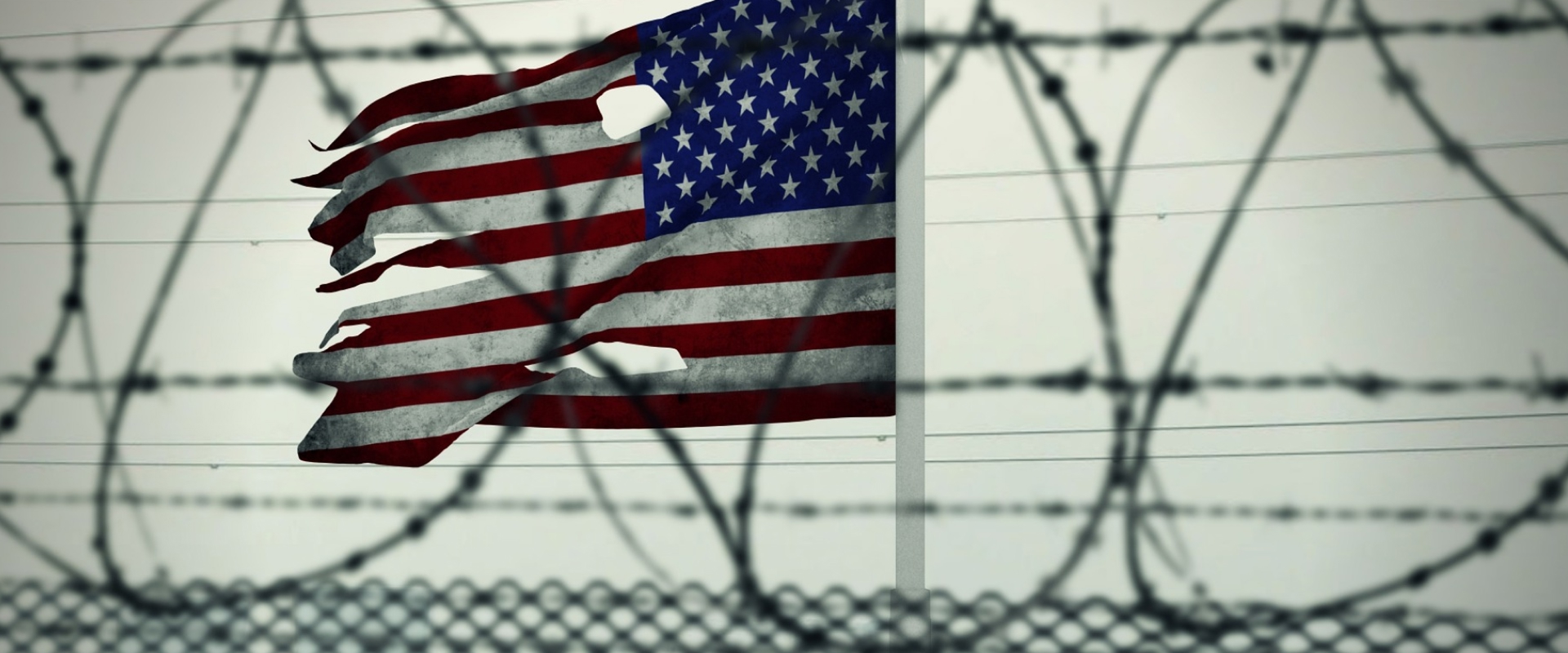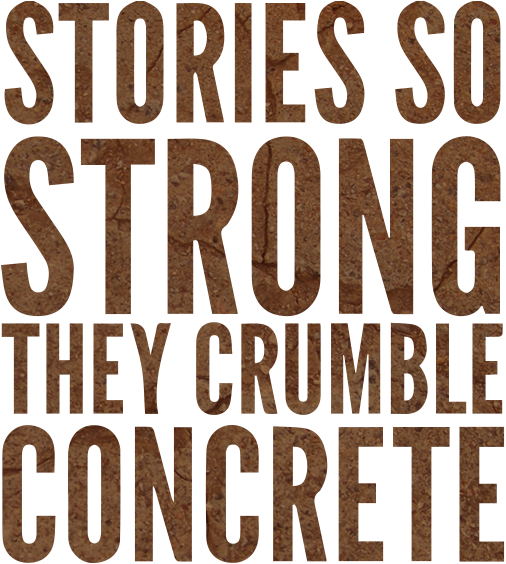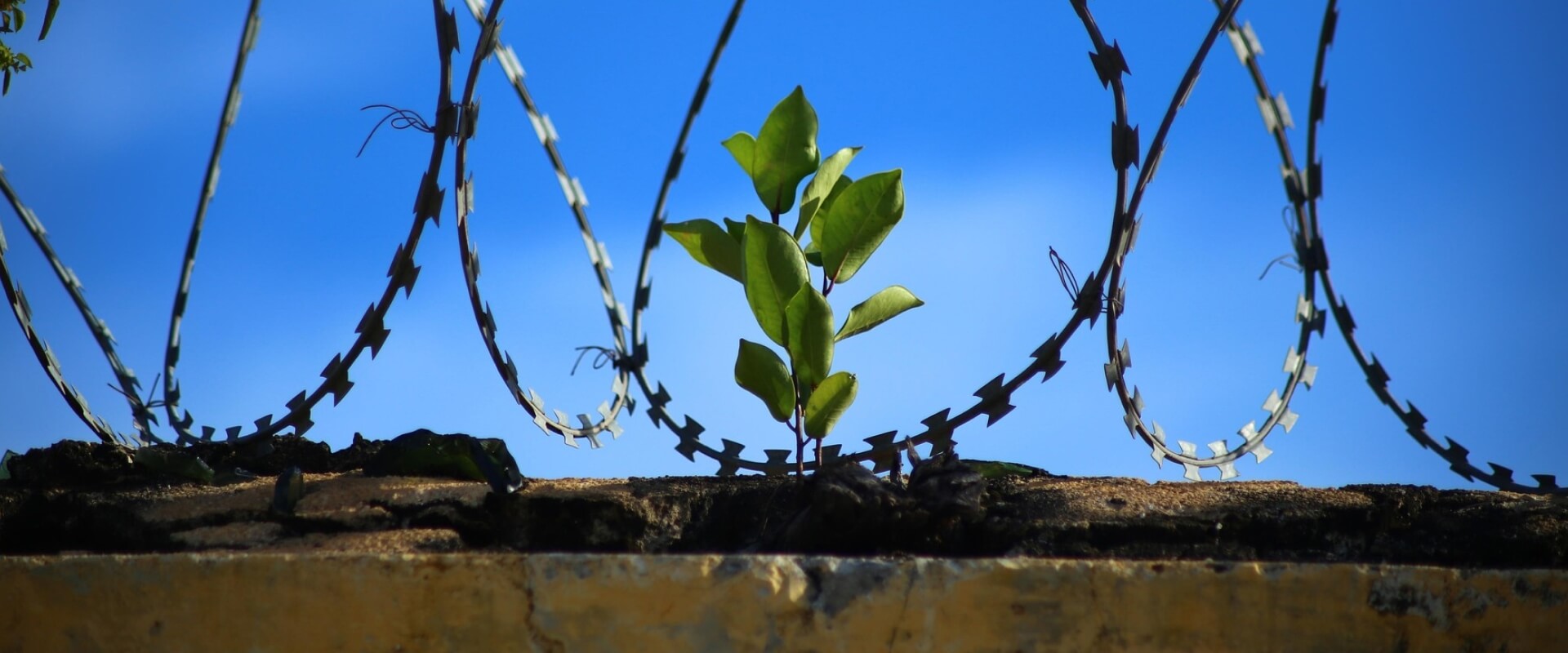Sexuality: Stigma and Punishment
Lesbians and the Death Penalty: Comments from 'Race, Class, Gender and the PIC'
by Joey L. Mogul

gender sexuality
Tonight I’m going to discuss the death penalty. I’m going to bring up a few cases where I’ve seen sexist and gender variant stereotypes and racist stereotypes be used and manipulated by prosecutors to both convict women and get them the death penalty. So I want to start off by talking about how the death penalty works in our society. Allegedly the death penalty is supposed to be only for the worst criminals or the worst crimes, the most heinous, the most violent. In the United States, that means murder. But it can’t be just any garden variety murder. It has to be a murder plus. It has to be a murder that has some sort of aggravating circumstance that makes it worse. It varies by states, but some of these factors include murdering a police officer, murder that is committed with the use of torture, murder that was committed during a violent felony, murder committed by a person that committed murder or a violent crime in the past. These are factors that can get a person the death penalty, but we have to remember that just because there is evidence of an aggravating factor that does not require that the death penalty be brought or be issued. It’s never automatic and it’s never mandatory. It’s a choice. Prosecutors choose to bring the death penalty. The truth is that the majority of murders in this country are not capital crimes. In fact, only 1.2% of all murders in this country are death penalty cases. So what we see is that prosecutors have unfettered discretion in deciding who should live and who should die. And we also see that judges and jurors that mete out the death penalty have way too much latitude in deciding who should live and who should die. As a result, we see that bias plays a huge role in determining who gets executed in this country. What I hope we all know is that racism and poverty are huge factors in determining who gets the death penalty. What I think is less known and I hope will become better known is that sexism, homophobia and anti-gender variant bias also taints these decisions. It’s actually much easier for a prosecutor to get a death penalty against an individual that can be portrayed as queer or not fitting their gender role.

Now I want to talk about what goes through a prosecutor’s mind and what actually has to be done to get a death penalty sentence. To get a death penalty you have to convince a jury that they want to kill, that they want to kill this human being. That’s really not an easy feat. It’s an ugly goal and in order for the prosecution to win, for the prosecution to convince the jury that it wants to kill, they have to dehumanize the defendant. They have to portray the defendant as different, as other, as not human. And they have to prevent the jury from actually sympathizing with the defendant while in almost all capital cases the defendant is worthy of some sympathy. Most have led tragic lives, which include excruciating physical and sexual abuse, mental illness, neglect, and addiction. So what we see in many cases is that it is easier for the prosecution to convince a jury to kill a defendant who is not like the jury; who’s not the same race, who’s not the same gender, who’s not the same sexual orientation. It’s also easier to kill defendants that are already members of a class that is stigmatized in society as deviant, criminal or pathological. So we see that it is easier for prosecutors to kill people of color because in most cases people of color are tried in front of all white or predominately white juries. In fact, prosecutors benefit from stereotypes in this society of African-Americans being morally inferior and prone to commit violent acts. They reap from these false stereotypes that portray people of color being more violent and killing in more heinous manners, therefore framing them as less deserving of sympathy. Really, this shouldn’t be a shocking concept. Even the Supreme Court of the United States has recognized the unconscious racism and fear that get stirred up when a Black person is accused of a violent crime.
What I argue is that these same phenomena occur when you have a defendant who’s queer or can be portrayed as queer. It’s easier for a prosecutor to convince a jury to sentence to death queer individuals when there are no queers on the jury. Often these jurors have blatant, unabashed feelings that queer people are deviant or immoral. In fact, the Chicago Sun Times found in 1998 that potential jurors were “more than three times as likely to think they could not be fair or impartial toward a gay or lesbian defendant as toward a defendant from another minority group.” So what we’ve seen is prosecutors employing, manipulating, and reinforcing homophobic, racist and anti-gender variant stereotypes to kill people. Today I want to focus on women on death row who are either lesbians or were portrayed as lesbians. Women as a class are underrepresented on death row. In this nation they only comprise 2% of those on death row. And many would argue that that is because they commit less death penalty eligible crimes. So they tend to have less multiple victims, they tend to kill less in the course of a felony, they tend to kill less strangers - all these things that would make them death penalty eligible. In fact, most women tend to kill family members or lovers, crimes that rarely get the death penalty. Often, they are crimes that we think are committed in the heat of passion and therefore lack the cold-blooded heartlessness that is generally needed to warrant the death penalty. In the past women have had less extensive criminal records, but that, I think, is rapidly changing. I would say that the fewer women on death row is not just because women commit less death eligible crimes. I would say it is also because of the sexist stereotypes in American society that define women as mothers, caregivers, nurturers, and as passive, particularly white heterosexual women from upper and middle classes, who are more or less immune from being charged, let alone sentenced, to die. The prosecution cannot easily portray them as aggressive, as violent, as coldhearted in order to get the jury stirred up to want to kill them. The reality is that juries and judges most often feel sympathy for these white women and see them as victims and not want to kill them. And this has been born out by statistics that show that even white women that are on death row are more likely to have their sentences commuted by governors.
So what we see is that the women on death row are not the women that have committed the most heinous crimes, but are the women that have not conformed to sexist notions society has about what women should be. Women on death row are easily portrayed, due to racist, sexist and homophobic stereotypes, as being aggressive, as lacking femininity, as having poor mothering skills, and as being sexually promiscuous. They exhibit or they represent unladylike behavior, so they easily become dehumanized by being defeminized. Generally I argue that femininity is conceived of in U.S. culture as intrinsic to white women, not women of color, it’s embodied in straight women, not lesbian women, and it’s embodied in middle and upper class women and not poor women. And the fact is women of color in our society can never achieve this false image of perfect womanhood in our society. Women of color are consistently falsely stereotyped as being more aggressive, more violent, less apt or able to take care of their children. As a result, we see that there are a disproportionate number of women of color on death row in the United States. African-American women make up 32% of women on death row, 10% are Latina, 55% are White and 2% are Native American. This isn’t just born out in terms of what we see on death row, but also in what we call the ‘battered women self-defense syndrome.’ The battered women syndrome talks about how battered women often go through a phase of learned helplessness, and are passive and are unable to then get out of the situation, and then resort to killing their abusers because that’s the only way out. What we’ve seen is that that syndrome, that defense does not work for African-American women because jurors are unable to see African-American women as being vulnerable, as being passive.
Like I said, getting women on death row is about showing that they don’t fit into their prescribed gender roles. So another phenomenon that we’re seeing is to argue that the defendant is a lesbian. I think an effect of this is that 40% of the women on death row have either been accused of being a lesbian or charged with being a lesbian, whether in fact it’s true or not. Obviously that’s a disproportionate number of lesbian or bi-sexual women on death row. Prosecutors want to portray female defendants as lesbians because it’s a cultural shorthand for saying she’s a man-hater. Therefore, if she killed a man, it’s because she’s cold-blooded, she’s not normal, she’s deviant, she’s pathological. So what we see is that in order to dehumanize these women they defeminize them basically by saying the dykier, the butchier, the better. And I just want to point out one case we’ve seen here from Boone County Illinois. The case is of Bernina Mota, a Latina lesbian, who was sentenced and convicted to die in 1999. During her trial, the State bombarded the jury with an avalanche of irrelevant and immaterial evidence to show that she was a lesbian. Thy paraded 10 witnesses before the jury just to testify that she was a lesbian. They then went one step further by bringing in three books from her home and read the titles to the jury: Best Lesbian Reading, Call Me Lesbian, and Homosexuality. Okay, these are not radical books here, but the prosecution argued that these books were not only proof that she was a lesbian, but were also evidence of her motive to kill. The State repeatedly referenced that she was a lesbian. In fact, they raised it on 17 different occasions before the jury. Then they had the audacity to accuse her of “being overtly homosexual,” “flaunting her sexuality,” and “proclaiming her sexuality to anyone who would listen.” The State was asked before trial to stipulate that she was a lesbian, to just put it out there and move on, but the State refused. Why? Because they wanted to repeatedly flaunt Miss Mota’s lesbianism in front of this jury because they knew that some jurors in Boone County would find it distasteful, while others would deem her to be sick, perverted, and deserving of death.
In this case, Ms. Mota was accused of killing a man she had met at a bar that night who made an unwanted sexual pass at her. I do not know why her sexual practices would be considered relevant, but this is what the State argued. The State argued that her lesbianism was admissible and should be brought in because she was “a hard core lesbian” and that a lesbian was more likely to kill a man who made an unwanted sexual pass at her than a heterosexual woman. Prosecutor Troy Owen’s own words to the judge were: “A normal heterosexual woman would not be so offended by such conduct as to murder.” Now, Troy Owen’s and the State’s unsubstantiated theory about lesbians’ predisposition to kill men is obviously homophobic, it’s sexist and it’s wrong. It is ludicrous and unheard of for a prosecutor to argue that a person’s heterosexuality caused them to kill. You would never hear that in a case. And it is racist and intolerable for a prosecutor to argue a person’s race caused them to kill. It should be equally intolerable, repugnant, and objectionable for this prosecutor to argue this, but as late as 1999 a judge allowed the prosecutor to get away with such blatantly homophobic and sexist garbage.
I think the evidence of lesbianism played a particularly sinister role when we look at the sentencing phase of Miss Mota’s case. The sentencing phase is after she’s convicted. It’s the process determining whether she should live or die. It’s when you bring in aggravating evidence, eligibility factors, what kind of murder was this, versus mitigating factors. And in this case there were several mitigating factors, including the fact that Miss Mota was raped at the age of four and was repeated sexually abused throughout her life, the fact that her father used to sell her out for sex, the fact that she had been in psychiatric hospitals throughout her teenage years, and she had serious drug and alcohol problems. In this case, the only eligibility factor the State argued was that she had allegedly committed this murder in a cold, calculated, and premeditated manner, and that’s a difficult thing to prove in this case. They would have to prove that she had made this devious plan to kill this poor man, when the evidence showed that she had met him only hours earlier, that she was seen flirting with him and other men at the bar that night, and that she was highly intoxicated. But it became a lot easier for the prosecution to convince this jury to kill her despite all the mitigation, despite the fact that she had only known him for a few hours, when they could argue that she was a hard-core man-hating lesbian who lured this poor defenseless man home under the pretense that he was going to get lucky and then she killed him.
In her case, Bernina had a co-defendant. Her co-defendant testified and was the star witness against her. He admitted that he had, in fact, had a relationship with Bernina and that he was angered when he saw the victim flirting with Bernina that night. He admitted that he participated in the murder that night and that, in fact, it was his knife used to kill this victim. This white man, Russell Granmeyer, wasn’t charged with murder. He in fact got immunity for his participation in the murder and he got a four-year sentence for concealment of a homicidal death. So while this white heterosexual man is free, Bernina Mota, a Latina lesbian, is sentenced to die.



